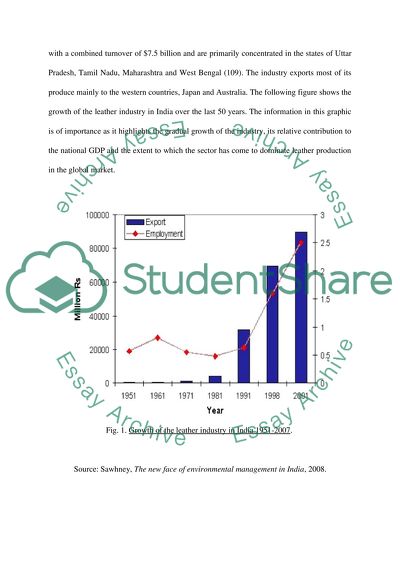Cite this document
(“Historical Analysis Of Leather In India Research Paper”, n.d.)
Retrieved from https://studentshare.org/history/1428289-historical-analysis-of-leather-in-india
Retrieved from https://studentshare.org/history/1428289-historical-analysis-of-leather-in-india
(Historical Analysis Of Leather In India Research Paper)
https://studentshare.org/history/1428289-historical-analysis-of-leather-in-india.
https://studentshare.org/history/1428289-historical-analysis-of-leather-in-india.
“Historical Analysis Of Leather In India Research Paper”, n.d. https://studentshare.org/history/1428289-historical-analysis-of-leather-in-india.


